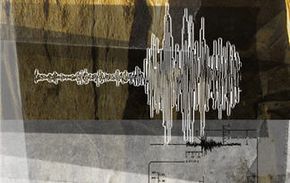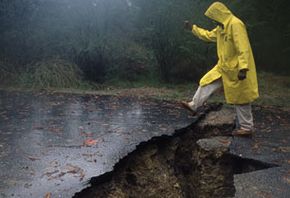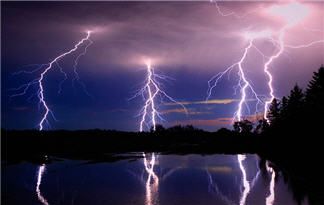Just because attempting to harness the power of an earthquake shouldn't be done doesn't mean it can't be.
In fact, there are a number of potential methods for harnessing seismic waves, assuming a temblor comes along at the right place at the right time. Any system used, of course, would have to be able to withstand the force of the event itself.
Two primary types of systems could theoretically exist for tapping into an earthquake. Water displaced as a result of a temblor could spin turbines and create electrical energy in a similar fashion to geothermal energy collection operations.
Alternatively, pzieoelectric devices, which convert motion into electricity, could also be used to harness the power of earthquakes. These devices, however, are currently only available on the nanoscale and produce a small amount of energy.
No, an earthquake-harnessing power source doesn't make sense now. But with a new understanding earthquake prediction science, a revolution in engineering and a total disruption of the world's current energy supply chain; it may start to look like a better option in the future.



